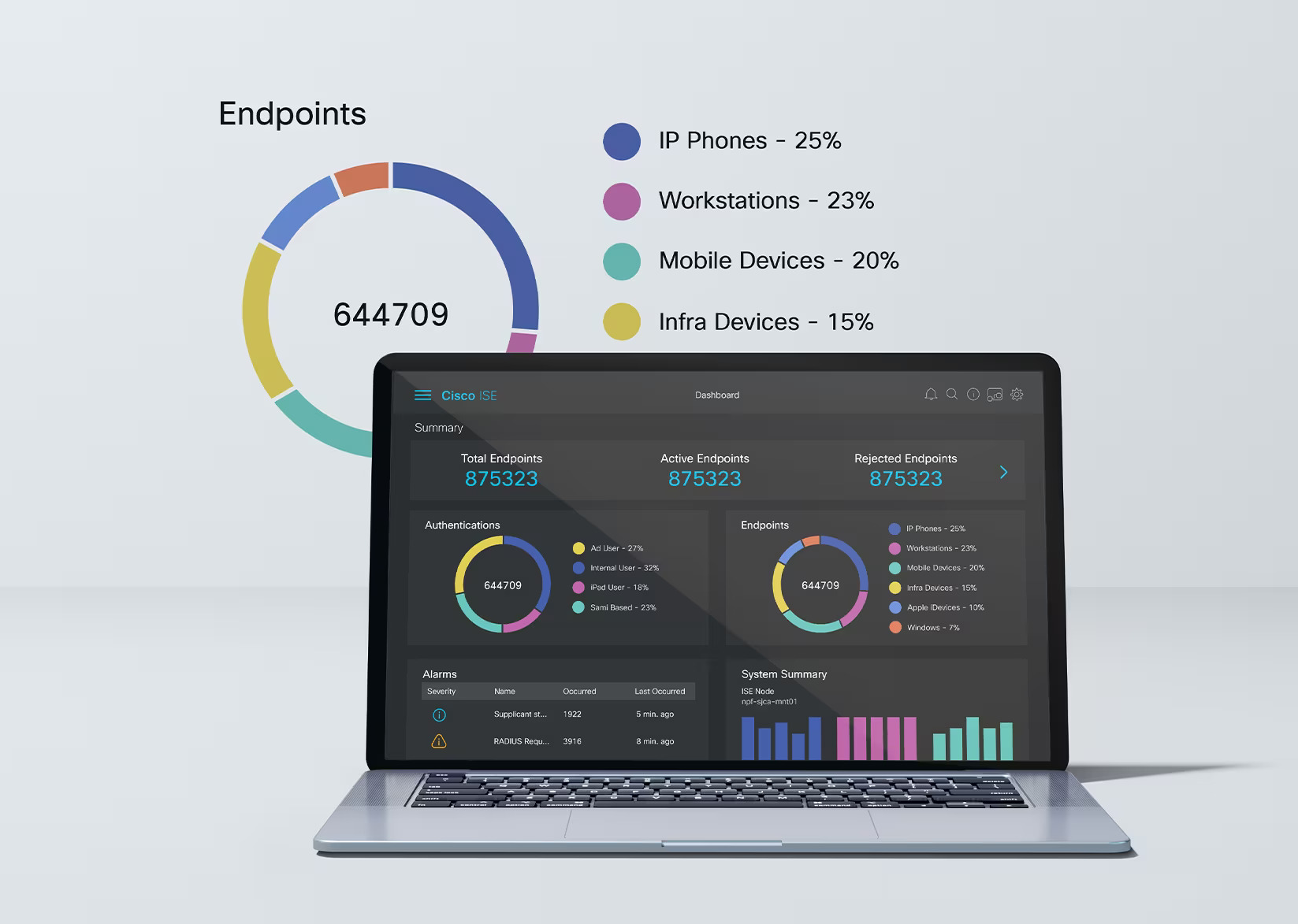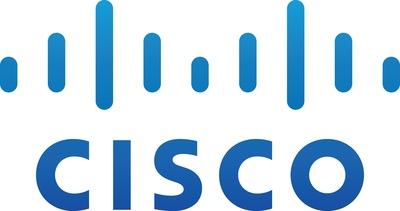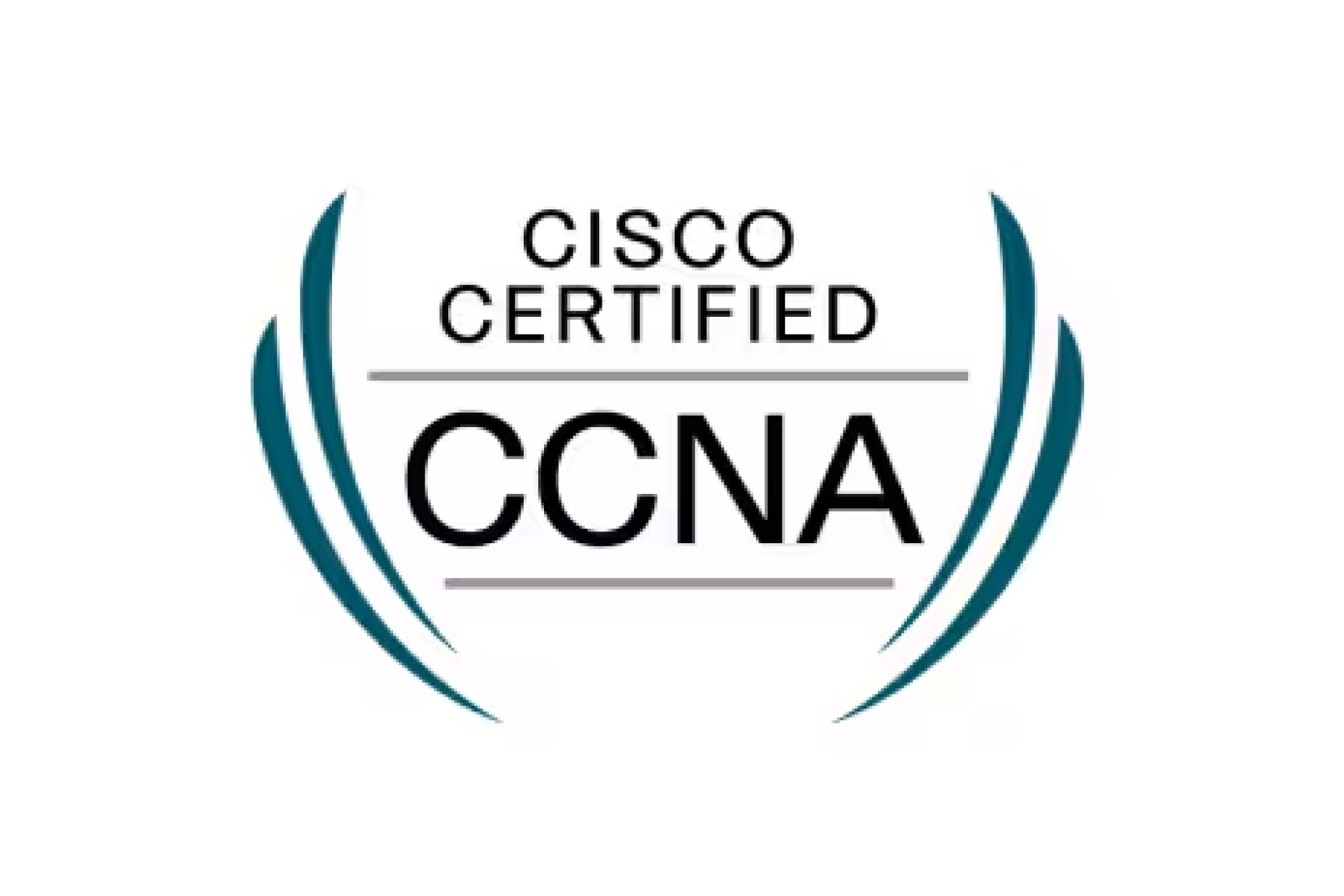
In the fast-paced world of technology, the only constant is change. For professionals in the IT industry, continuous learning and development aren’t just advantageous – they’re imperative. But how can you ensure that your career remains on the upward trajectory of advancement and not caught in the drift of obsolescence?
Understanding IT Professional Development
IT professional development encapsulates the structured, ongoing processes that empower individuals to improve and fulfill their potential in the information technology field. This expertise evolution isn’t bound by departments or titles; rather, it’s a universal need, vital from intern to CTO. The components of this continuum range from formal education and certifications to experiential learning and networking.
Continuous Education: Your Technological Lifeline
For many, the starting point of professional development is formal education. This could involve completing a degree in computer science, electrical engineering, or any related field. More specialized education might include completing a Master’s in IT Management, focusing on strategizing with technology rather than just executing the plans of others.
Certification Power: Proving Your Proficiency
Professional certifications in IT are powerful tools that showcase your proficiency and commitment to staying updated with the latest in industry practices. Platforms like Cisco, CompTIA, and Microsoft offer certifications tailored to various functions and levels within IT, from cybersecurity to cloud computing.
The Workshop Way: Immersive Learning Experiences
Workshops and seminars provide valuable opportunities for IT professionals to engage in targeted, focused learning on specific skills or technologies. They often revolve around interactive sessions that combine theory with practical application, fostering a deep understanding beyond the classroom.
Self-Directed Learning: Taking the Reins of Professional Growth
Beyond the traditional paths, self-directed learning through online courses, MOOCs (Massive Open Online Courses), and forums have become essential in allowing IT professionals to respond to the rapidly changing landscape. Platforms like Coursera, Udemy, and Khan Academy offer courses on virtually every aspect of technology.
The Benefits of a Professional Development Plan in IT
The sheer act of compiling and pursuing a professional development plan in IT can yield numerous advantages. Not only does it provide structure to your growth, but it also has tangible benefits that can be measured in your career trajectory.
Staying Informed and Ahead in the Tech Landscape
Creating a professional development plan ensures that you’re not just keeping your ear to the ground about current industry trends and changes but that you’re proactively preparing to greet those changes head-on. This could involve learning new programming languages, exploring innovative platforms, or staying updated on security protocols.
Enhancing Employability Through a Diverse Skill Set
In a competitive job market, a diverse skill set is a strong differentiator. Employers seek professionals who can grow and adapt to roles that are constantly evolving. Your development plan should focus on honing a variety of skills, from soft skills like communication and leadership to hard technical skills.
A Tool for Goal-Setting and Career Advancement
Having a plan that you review and update regularly provides a clear pathway toward your career goals. With milestones and objectives defined, you’re better equipped to make informed decisions about your career, evaluate potential opportunities, and ultimately achieve your ambitions.
How to Create a Professional Development Plan
Building an effective professional development plan isn’t a guessing game; it’s a structured process that starts with introspection and results in a concrete roadmap for your professional growth.
Step 1: Self-Assessment
Begin by taking stock of where you currently stand in your career. What are your strengths? What are the areas for development? You might want to consider feedback from managers, colleagues, and even previous performance reviews.
Step 2: Define Your Objectives
Once you’re clear on your starting point, it’s time to set specific, measurable, achievable, relevant, and time-bound (SMART) goals for what you want to achieve. These goals should align with your career aspirations and the needs of your organization or the IT job market at large.
Step 3: Identify Development Opportunities
With your goals in place, you can now identify the development opportunities that will help you reach them. This could involve researching educational programs, certification tracks, or simply a reading list of books and articles on the subjects that interest you.
Step 4: Create a Plan of Action
This is where your plan goes from being a concept to something actionable. Outline the steps you need to take to pursue each development opportunity. Consider the time it will take, the cost if any, the resources required, and how it fits into your current professional and personal commitments.
Step 5: Implement Your Plan
With a detailed plan in place, it’s time to put it into action. Begin enrolling in courses, setting study schedules, or making conference plans. Be vigilant about following your schedule and adjusting it as needed. It’s a living document that should adapt to your career and life changes.
Step 6: Regular Review and Revision
Your professional development plan should not be set in stone. At regular intervals, evaluate your progress. Are you on track to meet your goals? Are there new development opportunities that you need to consider? Be flexible and ready to make changes to your plan.
Personal Development Plan Examples for IT Professionals
The best way to understand and implement a professional development plan is to look at examples that are tailored to your career stage and aspirations. From entry-level to seasoned professionals, the following examples can serve as templates for your own development plan craft.
Entry-Level IT Support Specialist
Current Role and Objective: You are working as an IT support specialist and want to advance to a network administrator role within two years.
Development Objectives: You need to gain networking knowledge and skills, such as configuring and managing networks, understanding security protocols, and working with virtual networks.
Development Opportunities: Pursuing a CompTIA Network+ certification, attending workshops on network maintenance, and seeking mentorship from network administrators in your team.
Mid-Level Data Analyst
Current Role and Objective: Working as a data analyst, you aspire to specialize in machine learning and AI applications in data analysis within one year.
Development Objectives: You need to learn advanced statistical models, machine learning algorithms, and AI techniques.
Development Opportunities: Enrolling in a Machine Learning course on Coursera, joining a local AI interest group, and working on AI projects in your current job role.
Senior-Level Project Manager
Current Role and Objective: You are a seasoned project manager aiming to transition into IT consulting.
Development Objectives: You need to refine client relationship skills, deepen subject-matter expertise, and understand consulting frameworks.
Development Opportunities: Pursuing an ITIL certification, working directly with consulting partners, and taking on a mentor role for new project managers.
Overcoming Challenges in IT Professional Development

No matter the well-laid plan, the path to professional development isn’t without its hurdles. It’s important for IT professionals to recognize and address these common challenges in order to stay on course with their growth.
Overcoming Time Constraints
Finding time for professional development can be the biggest challenge. Working in a field where keeping pace with daily tasks and emergencies is part of the job description, dedicating regular time for learning may seem impossible. The key is to start small – even 10 minutes a day can add up to significant learning over time.
Navigating Information Overload
In an industry ripe with information and educational resources, filtering through what’s essential and what’s not can be daunting. Cut through the overload by setting specific learning objectives and focusing your attention on resources that directly contribute to your development goals.
Balancing Multiple Learning Channels
Self-directed learning means a wealth of choices, from books to videos to classroom courses. Overcommitting to too many channels can diffuse your focus. Choose a primary learning method that works best for you and complement it with other resources when needed.
Staying Motivated Through Plateaus
Learning curves aren’t always linear. There will be times when progress seems to stall, and it’s important not to become discouraged. In these moments, look back at how far you’ve come, seek support from mentors and peers, and take a break if needed to come back with renewed energy.
Conclusion
For IT professionals, success isn’t just about where you’re going – it’s about how you get there. By charting a clear and detailed professional development plan, you’re laying the groundwork for a career that remains not only relevant but thrilling in a field that changes by the second.
Are you ready to take the next step in your IT career? Explore the resources, courses, and guidance that Firefly offers to empower your professional development. Don’t just adapt to the future; become its driving force.
In the world of IT, the future belongs to those who prepare for it today. Start crafting your winning IT professional development plan now — the field of possibilities awaits.







